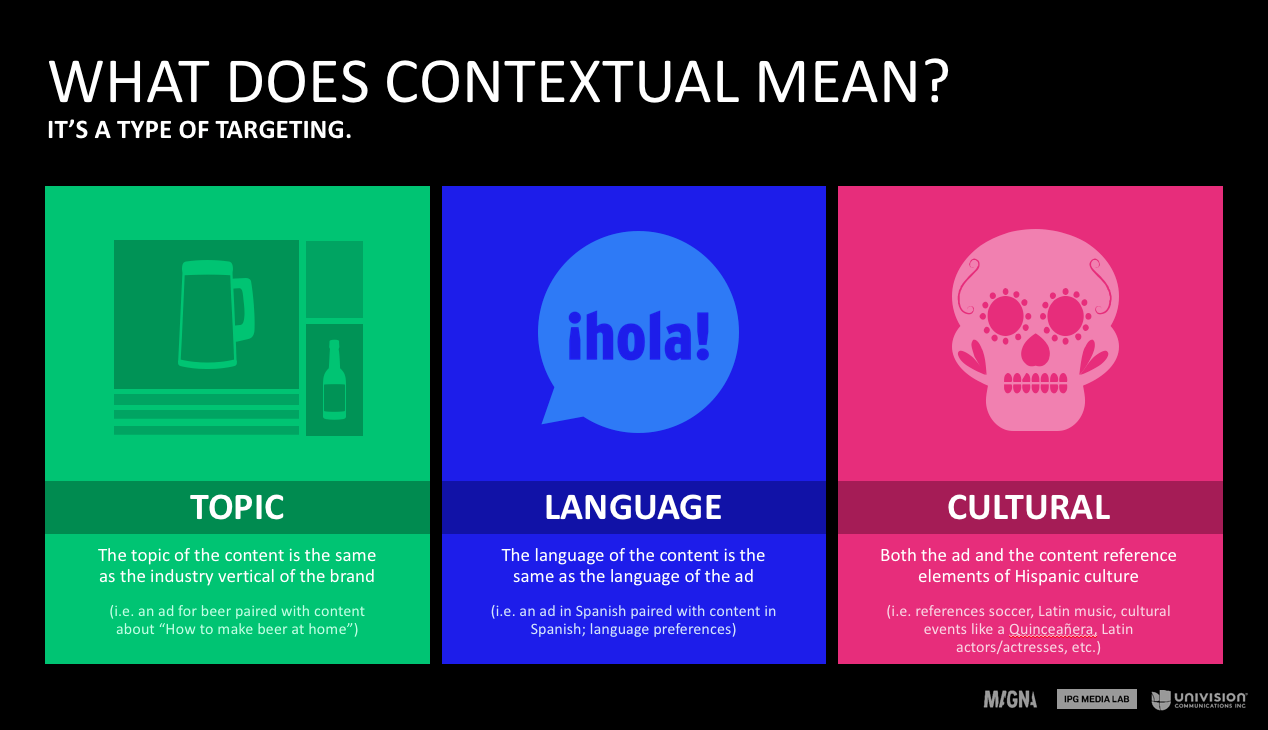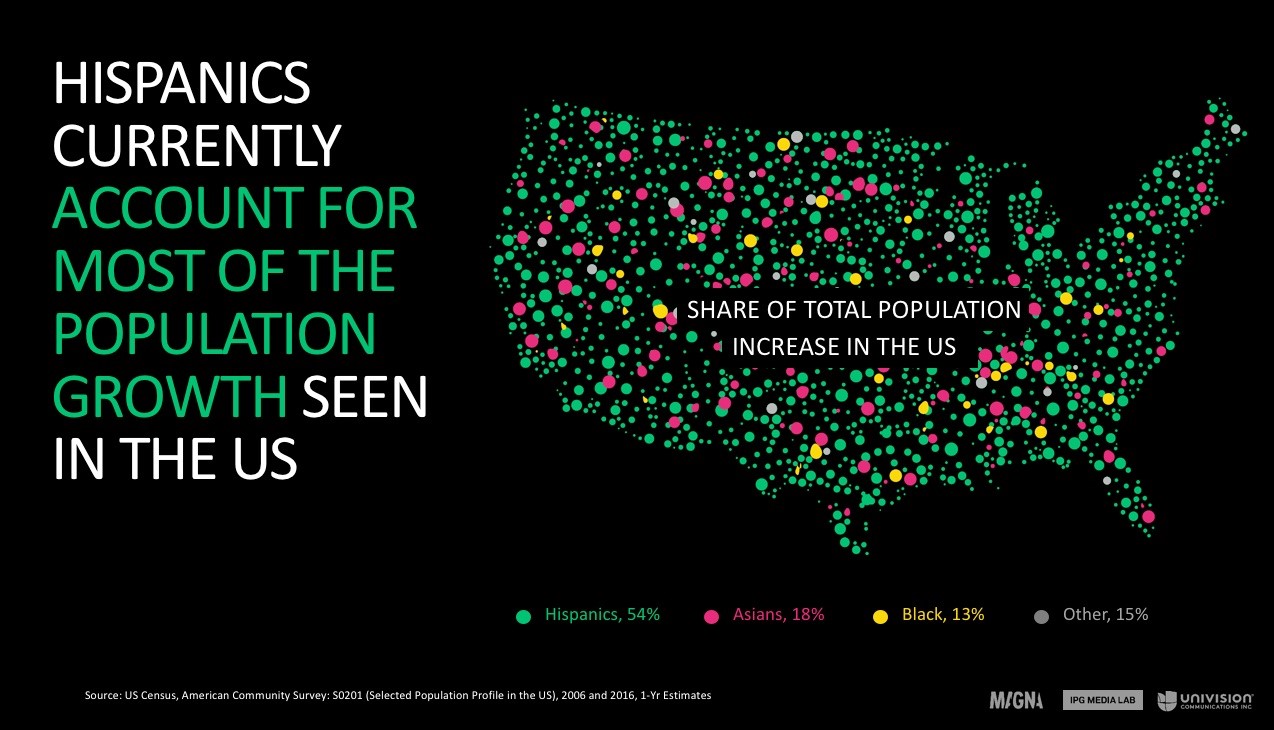An average 75%, of Spanish-language TV does not reach Millennials, he asserts, basing his conclusion on the $1.5 billion spent in Spanish-language TV estimated from MAGNA’s report on media spend in the U.S. “Seventy-five percent of $1.5 billion is about $1 billion,” he notes. “We are saying that companies are misallocating (overspending) about a $1 billion dollars in Spanish-language TV in reaching Latino Millennials, today’s coveted demo.”
Beniflah’s study used Nielsen C3 data by nativity (U.S. and foreign born), “which is the only way Nielsen conceptualizes nativity,” to rank the top 10 networks for Latinos, and then looked at spend for the three advertising categories (QSR, Telecom and Auto), using reported Kantar media spend by brand, analyzing their media plan by age and nativity. In this way he was able to answer the age-old question, How can advertisers drive media ROI?
According to Beniflah, “Language has been the dominant variable which has driven Hispanic marketing for more than 30-years. Nativity has lived in the shadows of language,” but it is an important indicator of media preferences.
Nielsen introduced language quintiles in the early 1990s that segment the US Hispanic television viewing audience across five language levels:
- Quintile 1 measures Hispanics who speak “English only” at home
- Quintile 2 measures Hispanics who speak “more English than Spanish” at home
- Quintile 3 measures Hispanics who speak an “equal amount of English and Spanish” at home
- Quintile 4 measures Hispanics who speak “more Spanish than English” at home; and
- Quintile 5 measures Hispanics who speak “Spanish only” at home.
But since the 1990s, new generations of viewers with decidedly different media consumption patterns have shifted usage away from linear TV to digital multi-platform. Younger viewers are more language-fluid and acculturated.
Language spoken in the home was an indicator of media preferences, and this has become generational. Nielsen reports that among first-generation Hispanics, 60.2% spoke “Spanish only” and “more Spanish than English.” Among second-generation, 61.2% spoke “English only” and “more English than Spanish,” while third-generation Hispanics, 90.4% spoke “English only” and “more English than Spanish.” “The significant difference in ‘language use at home’ across three Hispanic generational levels can be explained by factors such as acculturation, language proficiency, and years in country, to name just a few,” Beniflah concludes.
His study, “proposes that there is a better way to buy and plan media for Latinos. Rather than using language as a defining variable in Hispanic marketing, we found that nativity is so much more effective, predictive, and discriminating as a variable that helps clients drive insights and media effectiveness.”
This article first appeared in Cynopsis.




 As the media ecosystem has been fragmenting, so has the multicultural
market, with cultural groups fragmenting into subgroups. Yet, the
multicultural market is now so large that an argument can be made that
it should be considered on a mass scale.
As the media ecosystem has been fragmenting, so has the multicultural
market, with cultural groups fragmenting into subgroups. Yet, the
multicultural market is now so large that an argument can be made that
it should be considered on a mass scale.



